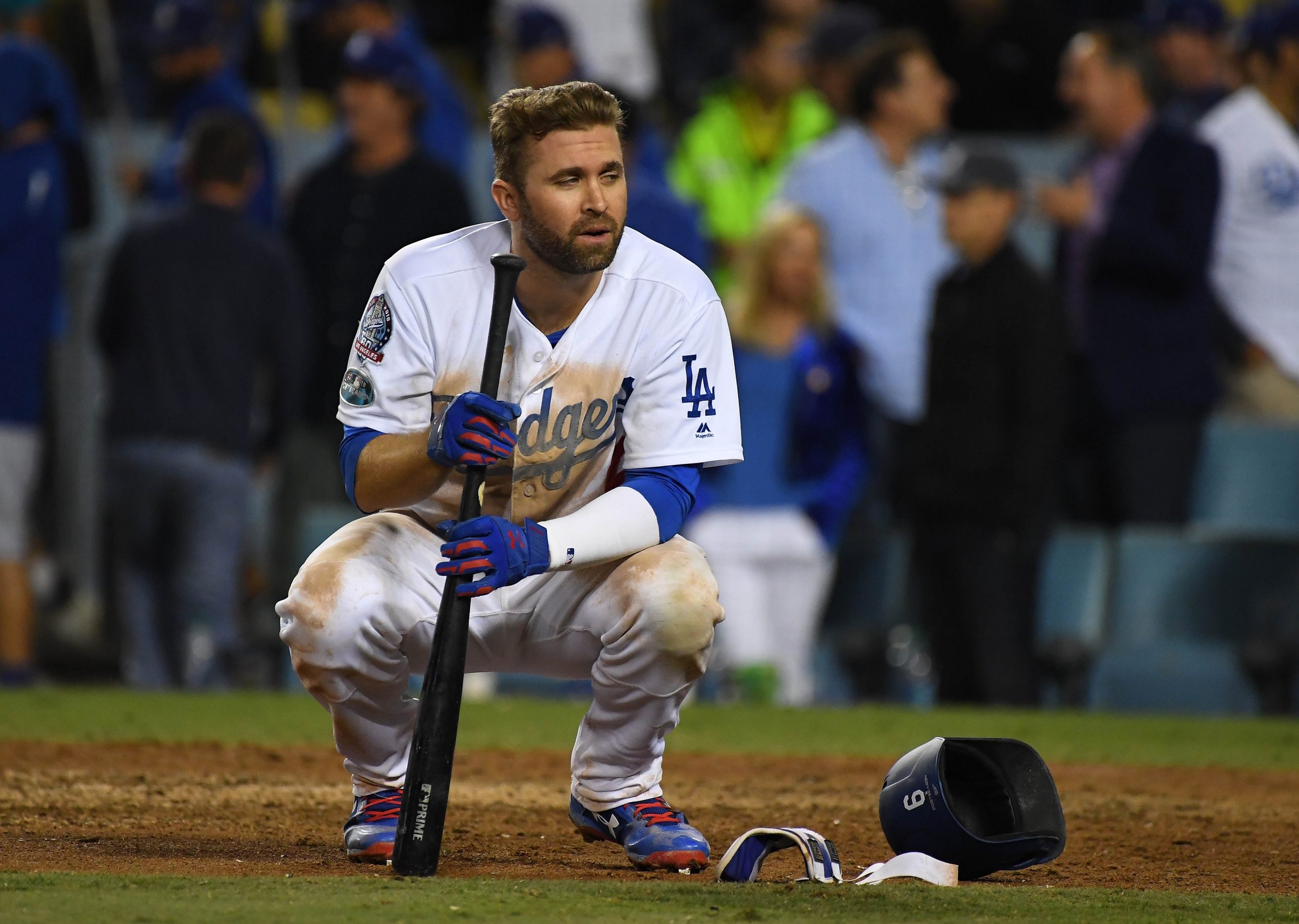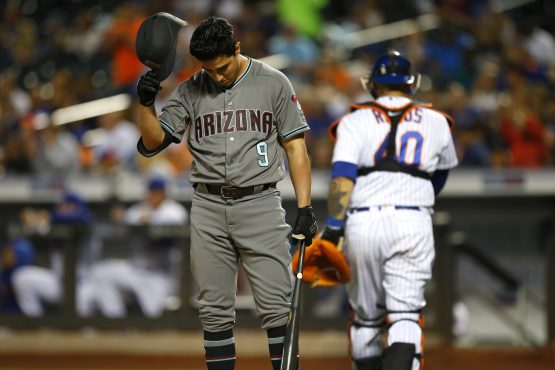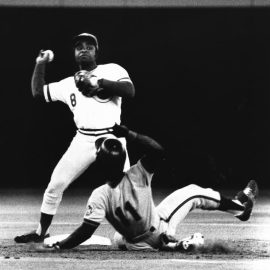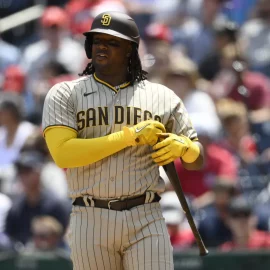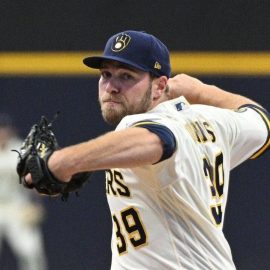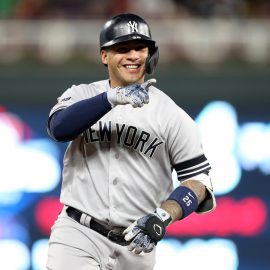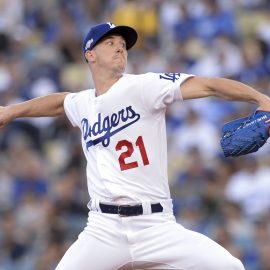The other day, it was reported that Brian Dozier’s free agent market is heating up. It makes sense that the former All-Star 2nd baseman would get interest, especially since a few competing teams still have holes at the position this late in the offseason. Notably, the Nationals, Rockies, and Brewers have often been linked with Dozier. It makes sense that teams view him as a possible upside candidate, hoping that he could repeat his 40 homer performance in 2016, or something close to it.
Although Dozier may make more sense for an average team as a high upside guy, competing teams just trying to fill their holes could benefit from looking elsewhere. If Dozier follows the career path more similarly to how his most recent season went, he will not be serviceable for a team in need of lineup depth. In his 7th Major League season, Dozier had the worst production since his rookie season, with a 90 wRC+ and an fWAR of 0.8. Among qualified 2nd basemen in 2018, only Dee Gordon had a lower WAR. It did not get better after he saw a change of scenery (Dozier was traded to the Dodgers mid-season). In the 2nd half of 2018, Dozier saw his wRC+ drop to 72 and was worth the lowest WAR of any qualified 2nd baseman.
The main question regarding Dozier is if this is just one flukey season, or if 2018 marked the beginning of the end of his career. Because he saw such a sharp drop-off, many are inclined to believe he has a shot to perform at an All-Star level once again, but that seems unlikely. Dozier’s BB% and K% were nearly identical to 2017 in 2018, and they aren’t too bad either. The biggest peripheral differences between 2017 and 2018 are in his BABIP (.300 to .240) and Isolated Power (.227 to .175).
Typically a drop in BABIP coincides with the belief that the player had tough luck that season. While that is true to a certain extent with Dozier, it will not bring him back to All-Star form. Although the league average is usually around .300, Dozier’s career average is .271. That means he was below what should have been expected as he was above it the previous season. As a flyball hitter who was shifted on nearly half of ABs in 2018, it is not a surprise to see not many balls land in the outfield. Statcast does not seem to think his performance was a result of bad luck either, as they estimated that his expected wOBA based on exit velocity and launch angle was .288, even lower than what he actually had (.304). While that is not a perfect estimation, it shows that his performance was actually due to the contact he made, not just luck.
The other facet of Dozier’s game that took a step back was his power production. For the 2nd straight season, his isolated power went down by 0.05, a significant drop over 2 seasons. While he was once a major home run threat, Dozier is average at best at sending balls over the fence. Many people who are wishing for a bounce-back season are specifically looking for a bounce-back in his power. To get a better sense of how feasible that is, I looked back at every player in 2016 and 2017 (with 500+ PAs) that experienced as big as a drop in ISO as Dozier did. Of the 20 players who experienced a .05 or more drop in ISO from year 1 to year 2, only 4 managed to bounce-back in year 3. The difference between those 4 and the other 16 is that each of the 4 was younger than 28, while all but 2 of the others were 29 or older (exceptions being Jean Segura and Jackie Bradley Jr). Dozier is in his early 30s now, so if every other example means anything, it’s not easy to expect him to find the power strike once again.
Other areas of Dozier’s game point to age starting to slow him down. His sprint speed is down 1 mph from 2015 and 2016. Sprint speed is a good indicator of whether a player is going to decline or not. Additionally, his exit velocity on batted balls is also worse than in his prime. It’s not just the average ball hit, but even when he barrels the ball up. His max exit velocity in 2018 ranked 273rd of all MLB players, compared to 219th in 2016 and 103rd in 2017. Not being able to hit the ball as far even when making good contact points to Dozier no longer being in his prime.
At this point, a Dozier bounce-back season can’t be expected. He may be playable, but considering the other options, contending teams should look for the safer options. They aren’t necessarily stars, but the Nationals, Brewers, and Rockies would benefit from negotiating a deal with either Jed Lowrie, Marwin Gonzalez, Josh Harrison, or Asdrubal Cabrera rather than Brian Dozier, who is past his best seasons for sure.
Add The Sports Daily to your Google News Feed!
